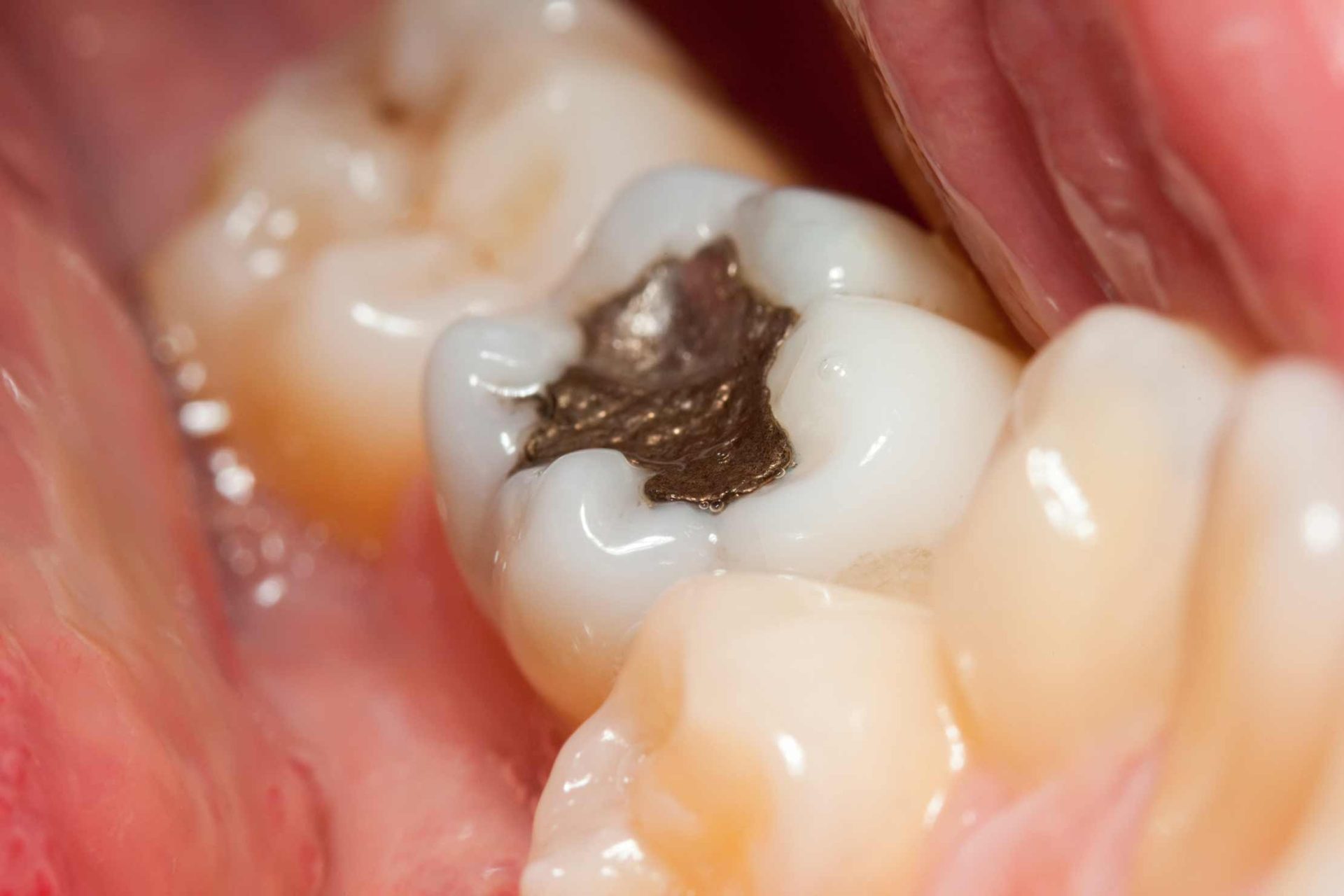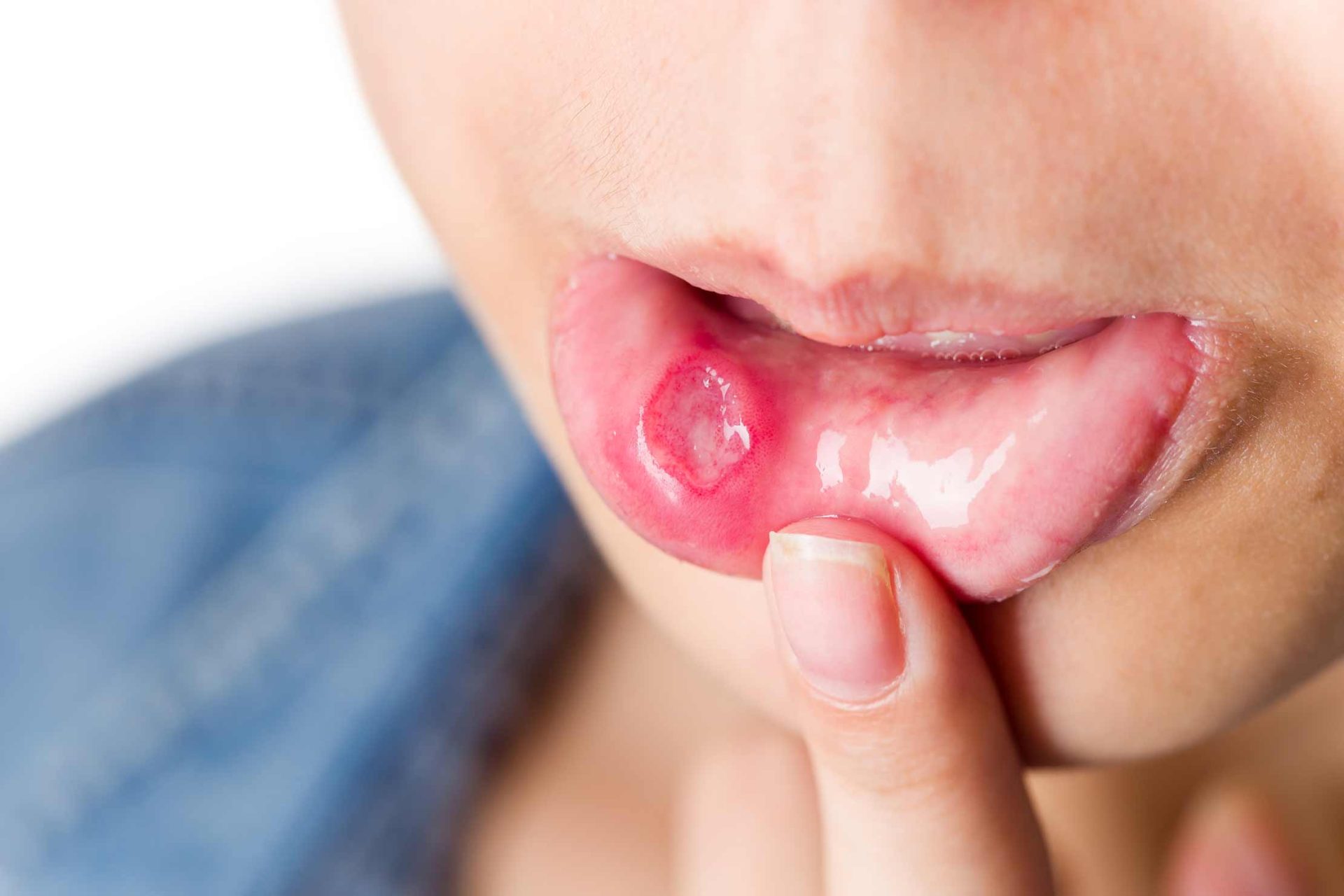
At one time, mercury was the metal of choice for dental fillings. While this may seem solid quickly and was strong enough, there was one huge downside: Mercury is harmful to human health. The World Health Organization has deemed it “toxic,” and many countries have even banned mercury fillings and this also impacts biological dentistry in Luxembourg.
In biological dental medicine, dentists use safer metal-free alternatives. Our team places only mercury-free fillings, and also has the expertise to safely remove your existing mercury amalgam fillings without exposing you to further risk of contamination. These protocols include:
Widely used for decades, dental ozone therapy is a leading treatment in biological dentistry. Ozone is a naturally occurring gas molecule which quickly breaks down to provide healing oxygen gas and active oxygen ions which kill bacteria. In addition to its antibacterial activity, ozone is a powerful signaling molecule that triggers your body’s immune response.
The uses of ozone therapy at our dental practice include:
